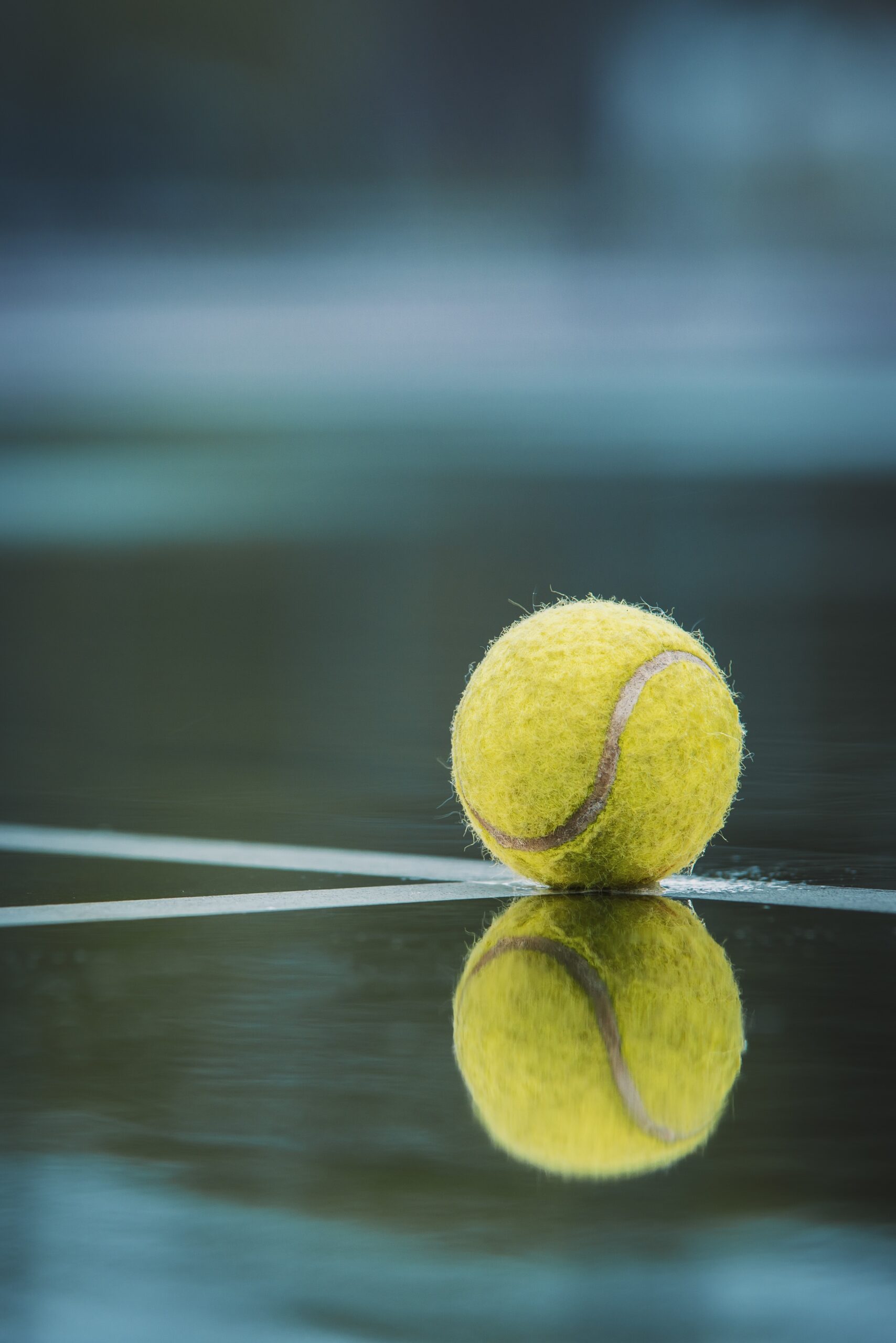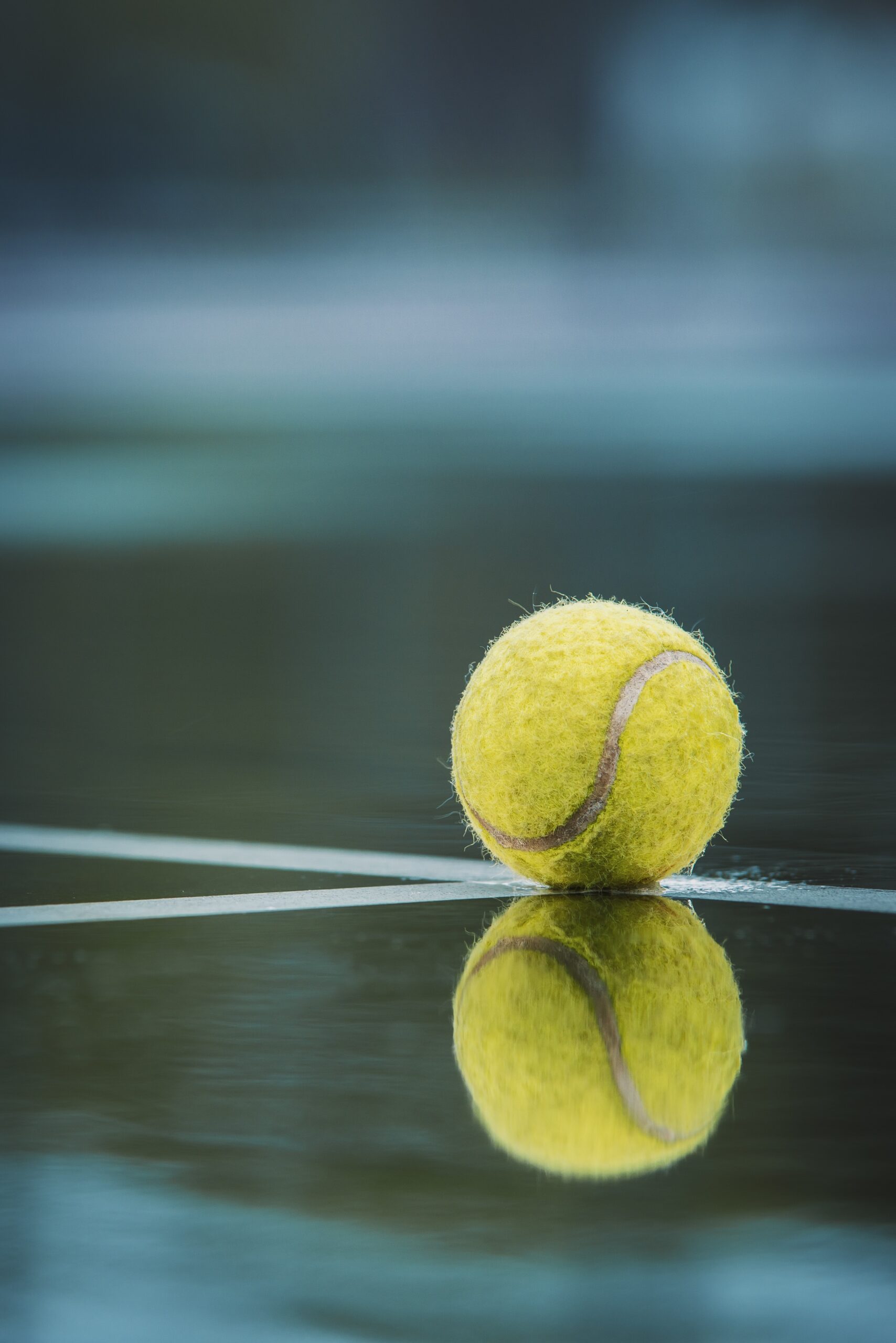Imagine standing on the edge of a river, the sun shining down on you as you hold your fishing rod tightly in your hand. You feel the excitement building up within you as you anticipate the thrill of battling and successfully landing a big fish. In this article, you will discover a variety of techniques that will help you achieve just that. From mastering the art of casting to perfecting your hook set, these strategies will ensure that you are equipped with the skills needed to reel in those impressive catches. Get ready to embark on an adventure where you conquer the water and emerge victorious with your prized trophy fish.

Choosing the Right Gear
When it comes to fishing, having the right gear can make or break your chances of landing that big fish. The first step in choosing the right gear is selecting the right rod. Consider the type of fishing you’ll be doing and the species of fish you’ll be targeting. A longer, heavier rod is suitable for big game fishing, while a shorter, lighter rod works well for freshwater fishing.
Once you have your rod picked out, it’s time to choose the appropriate reel. There are several types of reels to choose from, including spinning reels, baitcasting reels, and fly reels. The reel you choose should match the weight and size of your rod, as well as the type of fishing you’ll be doing.
Next, you’ll need to pick the right line. The line you choose should have the appropriate strength and flexibility for the type of fishing you’ll be doing. Monofilament line is a popular choice for beginners, while braided line offers more strength and sensitivity for experienced anglers.
Lastly, selecting the proper hooks is an essential step in choosing the right gear. Hooks come in various sizes and styles, so it’s important to choose a hook that matches the size of the fish you’ll be targeting. Smaller hooks work well for smaller fish, while larger hooks are better suited for bigger fish.
Mastering Proper Casting Techniques
Once you have your gear selected, it’s time to learn proper casting techniques. The overhead cast is the most common and versatile casting technique. To perfect this cast, start with your rod pointing upward and smoothly swing it back behind you before bringing it forward and releasing the line.
Another useful casting technique is the sidearm cast. This technique is particularly useful when fishing in areas with low-hanging branches or vegetation. With the sidearm cast, you’ll keep your rod parallel to the ground and use a side-to-side motion to cast the line.
Understanding the underhand cast is essential for accurately placing your bait or lure in front of fish. To perform this cast, hold your rod with an underhand grip and use a smooth motion to release the line. This technique is commonly used in fly fishing but can be effective in other types of fishing as well.
The roll cast is a casting technique that allows you to cast the line without the need for a backcast. It’s particularly useful when fishing in tight spaces or when there is limited room for a traditional cast. To perform a roll cast, simply bring your rod back over your shoulder and then quickly bring it forward, allowing the line to unroll on the water.
Playing and Battling the Fish
Once you’ve successfully hooked a fish, the real challenge begins. Setting the hook properly is crucial to ensure that the fish stays attached to your line. To set the hook, quickly and firmly jerk your rod upward while reeling in any slack line. This motion will drive the hook into the fish’s mouth, increasing your chances of a successful catch.
Keeping an appropriate tension on your line is essential when battling a fish. Too much tension can cause the line to break, while too little tension can allow the fish to escape. It’s important to find the right balance and adjust the tension as needed throughout the fight.
Using the right fighting techniques can make a big difference when battling a fish. Allow the fish to make runs and tire itself out, but also maintain control and keep the fish from diving into structures or tangling the line. Keep your rod held high and use smooth, steady pressure to wear down the fish.
Managing the drag on your reel is another crucial aspect of battling a fish. The drag setting should be adjusted according to the size and strength of the fish you’re targeting. Too tight of a drag can break the line, while too loose of a drag can allow the fish to take too much line. It’s important to find the right balance and make adjustments as necessary.
Boat Handling and Positioning
When fishing from a boat, proper boat handling and positioning are key to increasing your chances of a successful catch. Anchoring in the right spot is essential for fishing in a specific area. Look for areas with underwater structures, such as reefs or drop-offs, as these are often where fish congregate.
Drifting can be a more effective strategy in certain situations. By allowing the wind or current to move your boat, you can cover a larger area and increase your chances of finding active fish. Drifting also allows you to present your bait or lure in a more natural manner.
Trolling is a technique commonly used for targeting big fish. This involves dragging bait or lures behind a moving boat to entice fish to strike. Using downriggers or planer boards can help keep your baits at the desired depth and increase your chances of success.
Utilizing electronics, such as fish finders and GPS systems, can provide valuable information to improve your fishing. Fish finders can help locate underwater structures and identify schools of fish, while GPS systems can mark productive locations for future reference.

Understanding Fish Behavior
To become a successful angler, it’s important to understand fish behavior. Identifying feeding patterns is crucial in determining when and where fish are most likely to be active. Research the specific species you’re targeting to learn about their feeding habits and preferred food sources.
Knowing the preferred habitat of your target fish is another important aspect of fish behavior. Different species have different habitat preferences, whether it’s shallow water, deep water, or specific types of cover. Understanding their preferred habitat will help you target them more effectively.
Understanding migration routes of fish can be a game-changer. Fish often migrate in search of food, breeding grounds, or suitable temperatures. By following their migration routes, you can increase your chances of intercepting them and having a successful fishing trip.
Recognizing different fish species is essential in targeting the right fish. Each species has different behaviors, feeding habits, and preferred baits. Knowing how to identify different species will help you tailor your approach and increase your chances of a successful catch.
Using Effective Bait and Lures
Selecting the right bait or lures is crucial in enticing fish to bite. When choosing bait, consider the species you’re targeting and their preferred food sources. Live bait, such as worms or minnows, can be highly effective in attracting a wide range of fish.
Mastering the art of baiting the hook is essential in presenting your bait in the most appealing way. The bait should be securely attached to the hook, ensuring it stays in place and looks natural in the water. Take care not to use too much bait, as it can make it difficult for fish to take the hook.
Choosing the most effective lure depends on the type of fishing you’re doing and the species you’re targeting. There are a wide variety of lures available, including spoons, crankbaits, jigs, and soft plastics. Experiment with different types and colors to see what works best in your fishing area.
Using attractants, such as scents or pheromones, can enhance your chances of success. Attractants can make your bait or lures more enticing to fish, as they mimic natural odors and flavors. Apply attractants sparingly to avoid overpowering the natural scent of the bait or lure.

Proper Fish Handling and Landing
Once you’ve successfully hooked a fish, it’s important to handle it properly to ensure its well-being and increase its chances of survival if released. Using the correct landing net is essential in preventing damage to the fish and the line. Nets with rubberized or knotless mesh are gentle on the fish’s scales and fins.
When handling the fish, always wet your hands first to reduce the amount of slime that may be removed from the fish. This slime layer helps protect the fish from infection and parasites. Support the fish’s body with both hands, avoiding squeezing or dropping the fish.
Removing the hook safely is important to minimize injury to the fish. Use a pair of pliers or a hook-removal tool to carefully remove the hook while minimizing harm to the fish. If the hook is deeply embedded, consider cutting the line close to the hook and allowing the fish to naturally shed the hook over time.
If you decide to release the fish, it’s important to do so properly to give it the best chance of survival. Hold the fish upright in the water, gently moving it back and forth to encourage water flow over the gills. Once the fish is revived and starts swimming on its own, release it gently.
Implementing Efficient Landing Techniques
In certain situations, using specialized landing techniques can make landing larger fish easier and safer. When targeting larger fish, using a gaff can be helpful. A gaff is a metal hook attached to a long handle that allows you to hoist the fish aboard. This is particularly useful when fishing from a boat or pier.
For toothy species, such as musky or pike, using a landing glove is recommended. These gloves provide protection from sharp teeth and allow you to handle the fish more securely. It’s important to have a firm grip and support the fish’s body to prevent injury to both yourself and the fish.
When fishing from shore or a rocky area, using a landing mat can be beneficial. A landing mat provides a soft surface for the fish to land on and helps prevent damage to the fish’s scales and fins. Simply slide the fish onto the mat and unhook it while keeping it wet. Then, carefully release the fish back into the water.
Lip grippers can be a useful tool for easy release of fish. Lip grippers allow you to securely hold the fish by its lower jaw, reducing the risk of injury to both yourself and the fish. This tool is particularly helpful when handling fish with sharp teeth, large mouths, or strong jaw muscles.
Managing Challenging Situations
Fishing can sometimes present challenging situations that require quick thinking and problem-solving skills. Snags and tangles are a common occurrence when fishing, particularly in areas with underwater structures or vegetation. When faced with a snag or tangle, it’s important to remain calm and avoid pulling too aggressively. Instead, gently try to free the line by shaking or wiggling it.
Adverse weather conditions, such as high winds or heavy rain, can make fishing more difficult. When faced with these conditions, it’s important to prioritize safety and choose a suitable fishing spot. Consider fishing in sheltered areas or adjusting your fishing techniques to accommodate the weather.
Handling strong fish requires both skill and patience. Strong fish can put up a vigorous fight, so it’s important to maintain control and allow the fish to tire itself out. Avoid forcing the fish or putting too much pressure on the line, as this can lead to broken lines or pulled hooks.
Line breaks and snaps may occur when dealing with large or aggressive fish. It’s important to use the appropriate line strength for the fish you’re targeting and regularly inspect it for signs of wear and tear. If a line break occurs, don’t panic. Retie your line and get back out there, keeping in mind what might have caused the break.
Learning from Experts and Experienced Anglers
One of the best ways to improve your fishing skills is by learning from experts and experienced anglers. Attending fishing seminars and workshops can provide valuable insights and tips on various fishing techniques. These events often feature experienced anglers sharing their knowledge and expertise.
Joining fishing clubs or organizations is another great way to learn from others. These groups often organize fishing trips, competitions, and social events where you can interact with experienced anglers and learn from their experiences. You’ll also have the opportunity to share your own knowledge and experiences with fellow anglers.
Engaging with the local fishing community can provide invaluable information about the local fishing scene. Visit local bait shops, fishing forums, or social media groups to connect with other anglers in your area. Sharing tips, reports, and experiences can help you stay up-to-date with the latest fishing trends and increase your chances of success.
Learning from fishing guides is an excellent way to gain firsthand knowledge and expertise. Fishing guides are experienced anglers who specialize in specific fishing areas or species. Hiring a fishing guide for a day can provide you with personalized instruction, tips, and techniques to improve your fishing skills. Take advantage of their knowledge and experience to enhance your fishing abilities.
By following these techniques and paying attention to the details, you can increase your chances of landing that big fish you’ve been dreaming of. Remember to always practice proper fish handling and release techniques to ensure the sustainability of our fish populations. Happy fishing!










